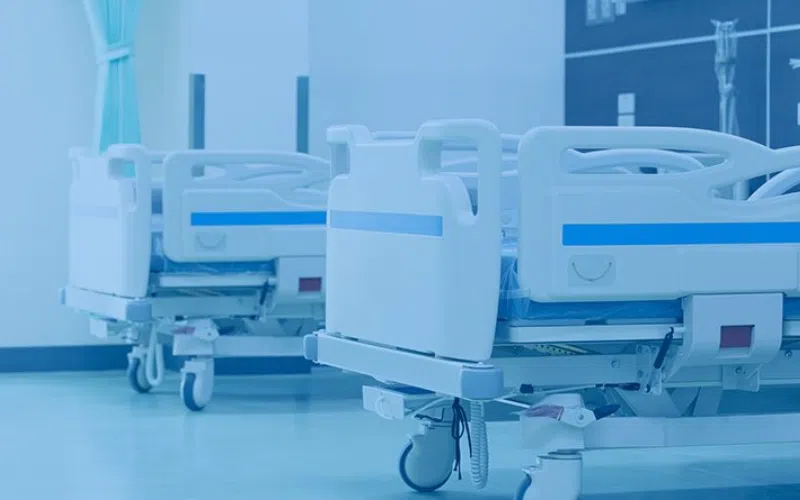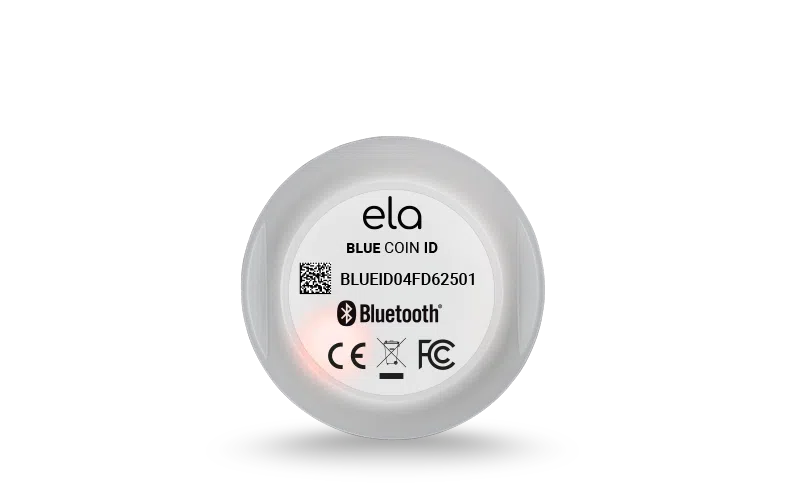
What is geolocation of medical equipment, and what are the challenges?
Medical equipment geolocation refers to the set of technologies and methods used to track and locate medical devices within a healthcare facility. This includes locating objects such as beds, carts, monitors and smaller equipment such as syringe pumps.
Challenges encountered :
- Visibility and Traceability: In a dynamic hospital environment, difficulty in quickly locating equipment can lead to delays in patient care and misuse of resources.
- Loss management: Equipment can easily be misplaced, leading to additional costs associated with replacement and delays in treatment.
- Maintenance: The need to monitor the use and condition of devices to ensure they are operational and compliant with regulations.
- Human resources: Time spent by medical staff searching for equipment could be better spent on patient care.
Equipping hospitals with a geolocation solution for medical equipment is therefore essential.
How to geolocate medical equipment
When it comes to geolocating medical equipment, there are a number of technologies to consider. The choice of appropriate technology depends on various factors, such as the type of infrastructure required, the number and size of devices to be located, the environment in which the solution will be installed, the cost of the infrastructure, and the level of accuracy required. In this article, we focus on Bluetooth Low Energy technology.
Indoor geolocation of medical equipment with Bluetooh Low Energy
BLE is a wireless communication technology designed for low-energy applications. It is particularly suitable for IoT devices with regular but infrequent communication needs.
A BLE network infrastructure is based on a set of Bluetooth tags attached to medical equipment, a gateway (such as an access point, smartphone or PC), a back-end (server or cloud), and a business application.
Bluetooth tags regularly transmit their identifiers. The nearest gateway captures these identifiers by scanning its environment. It then transfers this information to the server via Ethernet, Wi-Fi or 4G. The data is then stored, processed and analyzed, and displayed on the business application for clear visualization. Some platforms offer the option of managing different levels of rights. In this way, fleet managers can have an overview and set alerts, while staff can have access to restricted views enabling them simply to geolocate the equipment they need.

Discover our range of tags
Benefits of BLE medical equipment tracking
- Low acquisition cost: BLE devices are generally less expensive to purchase than other geolocation technologies, making this technology a cost-effective option for healthcare facilities.
- Simplicity of deployment: BLE devices can be installed quickly and easily without the need for complex cabling, enabling rapid implementation in hospitals.
- Interoperability: BLE is widely adopted and supported by many devices, making it easy to integrate with other systems and technologies, offering flexibility in infrastructure choices. Indeed, BLE technology is compatible with many Wi-Fi routers, such as those from CISCO, enabling hospitals to use their existing IT network. In this case, Wi-Fi access points will act as gateways, detecting nearby Bluetooth devices.
Disadvantages
- Interference and obstacles: In a hospital, materials such as metal, concrete and electronic devices can interfere with the BLE signal, reducing its range and reliability. This is particularly problematic in environments with lots of equipment and walls, where the signal can be weakened or reflected.
- Temporal accuracy and latency: Real-time tracking with BLE can involve a certain latency, which can be a problem in a context where rapid localization is essential, for example in emergency situations where specific equipment needs to be found quickly. The speed of information refreshment can be improved by adjusting the beacon advertising period, but this may have an impact on beacon battery consumption.
Other uses cases using BLE in the medical field
Bluetooth Low Energy (BLE) offers a wide range of solutions for securing and optimizing the medical sector. Temperature monitoring of pharmaceutical products is a good example: BLE sensors, placed autonomously in refrigerators or containers, continuously monitor the temperature of heat-sensitive drugs. They send alerts when thresholds are exceeded, to guarantee the cold chain and regulatory compliance.
Access control is another benefit of BLE in hospitals, where each employee, equipped with a BLE beacon emitting a unique identifier, can be remotely authenticated by Wi-Fi routers to secure access to sensitive areas. ELA Innovation’s beacons, equipped with NFC chips, are compatible with existing control systems, making security an integral part of everyday life.
Conclusion
In conclusion, Bluetooth Low Energy (BLE) is a preferred option for geolocation of medical equipment, with advantages in terms of cost, resource management and improved quality of care. Other technologies such as MESH or AoA also exist and can meet specific needs, but BLE stands out for its ease of installation and energy efficiency, offering a solution well suited to healthcare facilities.



